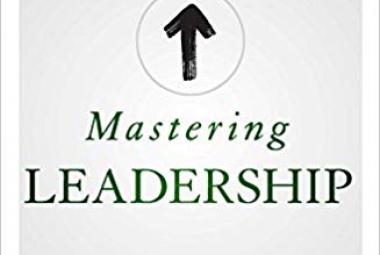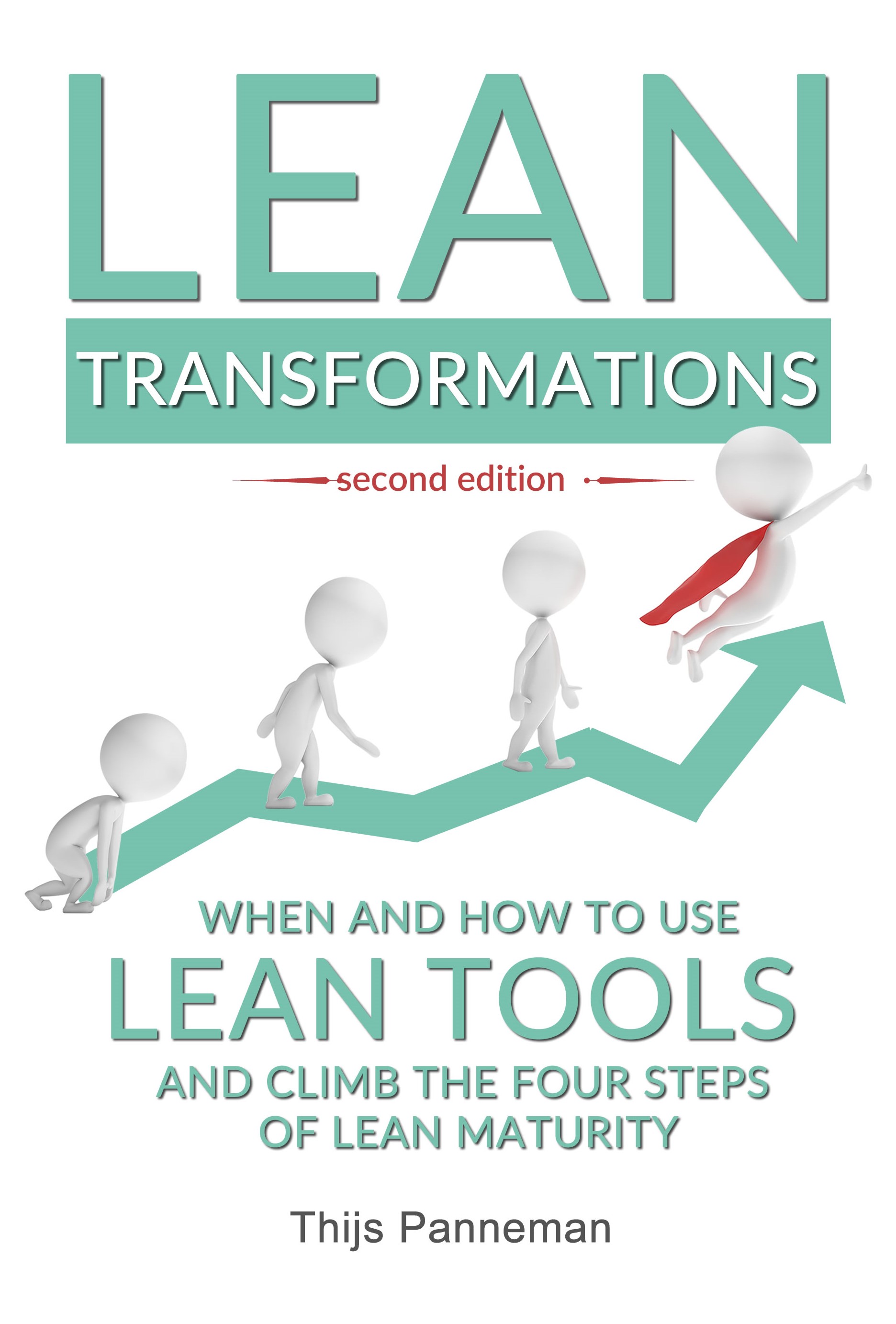In her fantastic book Transactional Analysis For Trainers, Julie Hay describes how you can use the theory of transactional analysis as a trainer to become a better trainer. This is a book with so much content, that it is difficult to summarize in 1000 words.
This article describes 3 training related points from this book: Contracting at the beginning of a training, defining learning objectives, and the AP3 model to estimate what drivers different training participants have.
The first successes of becoming a trainer are already achieved before the training takes place. Hay describes CONTRACTING as an important preparatory step, in which the organization, the trainer, prior to the training match the goal and the method of the training, and the trainer discusses this with the participants at the beginning of the training.
The alignment between these three groups, participants, trainer and organization is of great importance and is also called the Psychological contract. Between each of the three groups there is an official or unofficial alignment and when one of the three 'contracts' is not properly attuned to the other two, problems may arise in the training.
If, for example, the trainer coordinates with the participants a lot, but not with the organization, the training will not lead to the desired change that the organization has in mind.
When the trainer tunes too much with the organization, but not with the participants, the participants will be sceptical and will not open up during the training.
Finally, when the participants conspire with the organization without involving the trainer (as with a compulsory training with an external trainer), no progress will be made in the training because it is seen as an obligation and not as an opportunity to change something within the organization. |
After the participants and the trainer have secured the psychological contract, it is important for each participant to define OBJECTIVES so that all three internal ego states are satisfied. Each objective ideally has three characteristics, one for each of the three ego states, Parent, Adult and Child.
A goal must be measurable to satisfy the internal parent. How does the participant himself know whether he has achieved his goal or not?
A goal must be feasible to satisfy the internal adult. Is it, according to the participant itself, rationally feasible to achieve this goal?
A goal must be motivating to satisfy the internal child. Does the participant want to get started with the goal?
The main lesson Hay draws from this is that it is important to let each participant determine his or her own goals, for example 1 per training day. The best objectives are the objectives that describe behavioral change in a positive way.

Figure 1: visualization of the AP3 model. SOURCE: Julie Hays blog
Another interesting topic that Hay describes in her book is THE INTAKE OF DRIVERS OF YOUR PARTICIPANTS using the AP3 model. Of course, estimating work preferences of people you may not know is a risky task, especially since few people fit exactly in one box. Yet observing the behavior of the participants in your training can also help you to estimate how you can deal with that person to optimize his or her learning experience in the training.
There are three dimensions that each describes an A and a P: Active - Passive, Alone - People, and Acceleration - Patience. The basis of this model is shown in figure 1. In this article I focus on the basic quadrant between the first two dimensions, so that four types of participants can be distinguished.
Active / Alone participants are the people who have a chat with 1 or 2 people at the start of a training session, and that chat usually involves work. It is quite possible that they dress neatly but not too conspicuously. The ego states that they use are FA - FA, they probably have the perfect driver (sometimes also shoots), and the best way to control them or involve them in training is through Consulting.
Active / People participants are the people who like to be in the centre of attention. They often wear lots of colours and / or jewellery, and like to talk about personal things, such as family. The ego states that they like to use are NP-NC and they are probably the most motivated by the Do (another) a pleasure driver, which means that you can best approach them with a caring trainer style.
Passive / People participants are the people who like to chat with other participants, but wait until they are asked a question (or they change the subject out of the blue). They are usually dressed differently than others to stand out, and probably have a conversation based on NC-NC as favourite ego states. As a driver, the passive / alone participants usually are the do your best, and hurry up. Co-creating as a connecting trainer style is probably the best method for this participant.
Finally the Passive / Alone participants. These are the people who would rather not come to your training at all, if the choice was up to them. They usually do not think it is important at all and prefer to work on a task rather than having to have a conversation with other participants. These are likely to be strong personalities, with a preference for CP-AC communication. The best way to tell them what you expect during an assignment in the training (controlling).
Transactional Analysis for Trainers has taught me a lot about personality and personal preferences. Of course not only the participants of a training have their personal preferences, but also the trainer. Understanding how people can differentiate on the basis of drivers and ego situations helps me when giving training, primarily in the way I deal with each participant, and to what extent my work preferences influence my expectations of each participant. This book is a must-read for all trainers who are also interested in the human side of training.
continue to:
Make it Stick - P.C.Bown (summary)
REFERENCE:
Hay, J., 2009, Transactional Analysis for Trainers, Hertfort UK: Sherwood Publishing (order this book).















